|
DAVINCI - VIRGIN OF THE ROCKS - FRANCE

Leonardo da Vinci, Public domain, via Wikimedia Commons
1483–1486 from the Louvre in Paris |
- Oil on wood panel transfered to
canvas.
- There are two versions, the original is located in the Louvre in
Paris, and the second version is in London.
- The version generally considered the prime version, the earlier of the two, is unrestored and hangs in the Louvre in Paris.
- Both paintings show the Virgin Mary and
child John the Baptist with the infant Jesus and an Archangel
(or possibly John's mother Elizabeth), in a rocky setting which gives the paintings their name.
- The monks didn't like this version because the
identities of all four characters are so ambiguous, for
example, the identity of the two main characters is not clear.
-
The painting's cave has an elemental significance for both Jesus (birth) and John (place of refuge).
|
Two further paintings are associated with the commission: side panels each containing an angel playing a musical instrument and completed by associates of Leonardo. These are both in the National Gallery, London. (Wikipedia) |
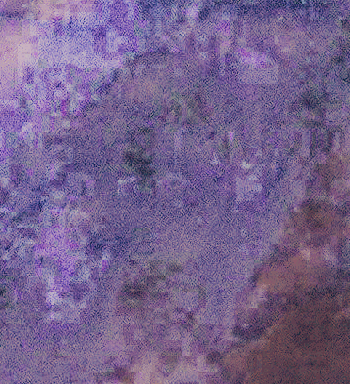
The flight from Egypt |
- The depiction contradicts the common symbolism of Christian painting,
such as,
John is depicted elevated above Jesus within Mary's grasp, and the circle of figures gives the impression that John is the center of the scene.
- Leonardo balanced this by placing John closer to the edge
and Jesus more toward the center of the painting in brighter
lighting.
- The painting was commissioned in 1483, but wasn't completed to satisfaction until 1508,
some 25 years later.
- A dispute over money led Leonardo to sell his
1st version of the painting which is why he eventually created
the 2nd version.
- John the Baptist is the patron of Florence, Leonardo's hometown.
|
It is unclear which angel is shown. In connection with John the Baptist, Uriel is often mentioned, the fourth archangel and angel of light. But it could also be Gabriel, the angel of the Annunciation, who predicted the miraculous pregnancy of John's mother Elizabeth, as well as Mary and was henceforth considered their protector. (nicofranz.art) |
|
Japanese Sakura Cycle of Life and Death |
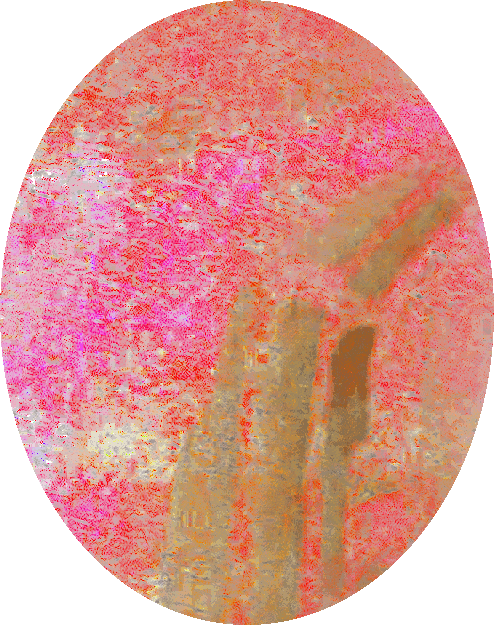
Cherry blossoms |
- The cherry blossom is closely connected to Japanese culture
as the cherry tree, sakura, symbolizes the cycle of life and
death.
- In spring, when the cherry blossoms are in full bloom,
the Japanese gather under the branches of the cherry trees for
Hanami, a cherry blossom celebration, where they enjoy the beauty of the
fresh spring petals after a cold winter.
|
By the Heian Period (794 – 1185), hanami, or
"flower watching" parties for the nobility, were
almost exclusively reserved for cherry blossoms. And
though nowadays people flock to parks and gardens
throughout the year to admire Japan's seasonal flora,
no other plant has managed to etch itself onto the
national psyche in quite the same way as the ephemeral
sakura. (okinawa.stripes.com) |
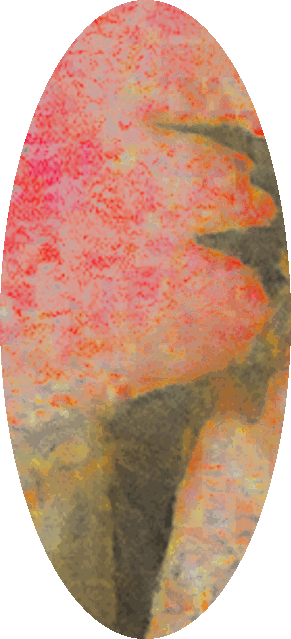
Cherry tree forest |
-
It is commonly known as 'flower viewing' and is simply the ancient practice of gazing upon the flowers.
|
From you have I been absent in the spring,
When proud-pied April dress’d in all his trim
Hath put a spirit of youth in every thing,
(Shakespeare, Sonnet 98) |
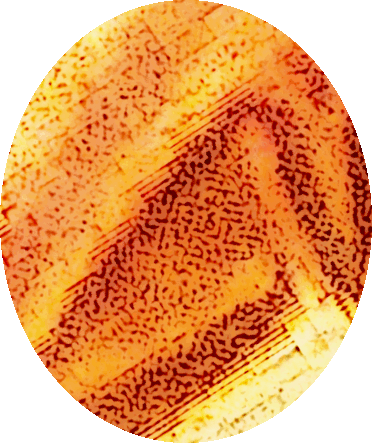
Chicks feed |
- Hanami is an annual event everyone looks
forward to, and during the spring viewing season, family and
friends gather for picnics and parties under the cherry
blossom trees.
|
In Japan, the cherry tree stands for love in more
subtle ways: love for the life you have, love for the
brief time that you are privileged to have it, and
love for being able to appreciate such moments of
beauty. (okinawa.stripes.com) |
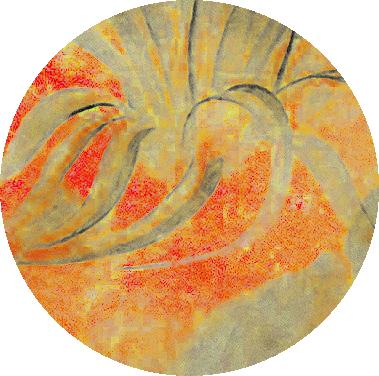
Sakura Dragon
celebrations |
- It is often a time for family vacations
and celebrations and a popular time of the year for weddings.
-
Tokyo Events: Dragon Dance and Cherry Buds.
|
The pink blanket of sakura trees and their blossoms that covers the entire archipelago has become a symbol of Japan’s spirit.
(myinkdrop.wordpress.com) |
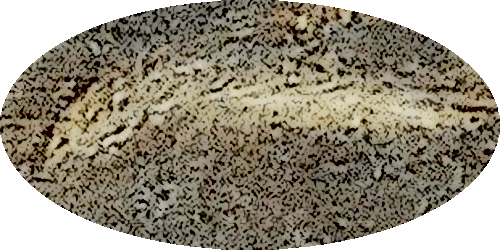
Withered blossoms |
-
The blossoms are beautiful to see in their prime, but the flowers are short-lived; blooming for only a few weeks before falling to the ground.
- A week or so later, the winds blow away the withered
blossoms, symbolizing the end of a fleeting life, and signifying the acceptance of the fact that all things must come to an end.
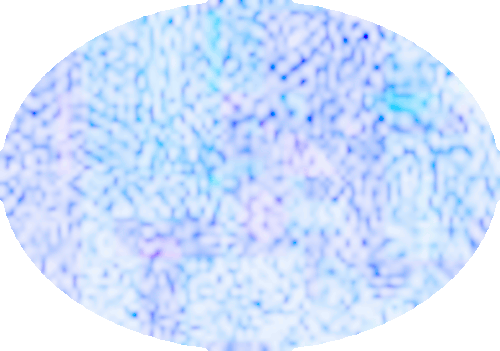
Robin's egg |
- Cherry blossoms bloom at different times, depending on their variety and location.
- In southern Japan, cherry blossoms bloom mid-to-late March.
- In central Japan, including Tokyo, you’ll see cherry blossoms from late March to early April and even mid-April.
- Up north, cherry blossoms come out later in the year, from the last week of April to the first few weeks of May.

Gift of friendship |
- The planting of cherry trees in Washington DC originated in 1912 as a gift of friendship to the People of the United States from the People of Japan.
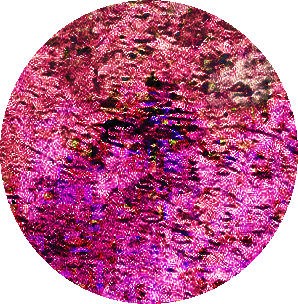
Black cherry |
- Black Cherry flowers have been linked to themes of love and romance.
- European folklore and American hoodoo traditions both
recognize the cherry tree as a symbol governed by Venus, the
planet of love.
- Spiritually, these flowers are seen as a bridge between the physical and the mystical.
|
Their deep purple hues and sun-loving nature suggest a connection to solar energy, while their vulnerability to storms speaks to the delicate balance of life. For many, the Black Cherry tree represents the yin-yang duality, a balance of forces within the universe.
(greg.app/black-cherry-flowers) |
|
Sacred Trees |
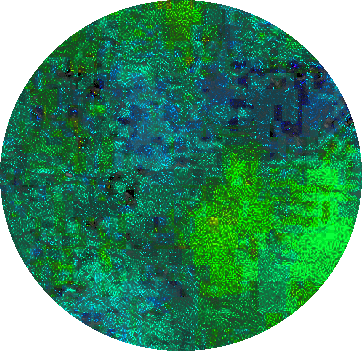
National monuments |
- There are many sacred trees in Japan, which often appear in Shinto and Buddhist folktales.
- Kami (spirits) are said to inhabit kodama (old or beautiful trees).
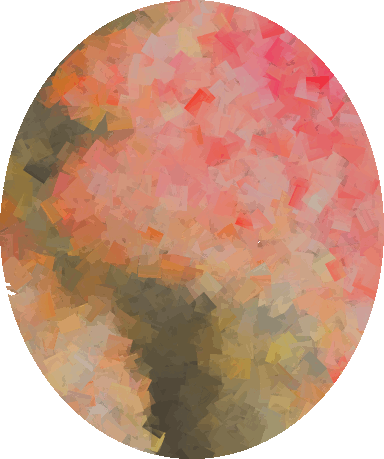
Beautiful trees |
- Hundreds of these trees exist in Japan, and you can tell them apart from regular trees by the shimenawa,
which are large, twisted ropes that encircle these sacred trees.
- To the Japanese, the trees are national monuments.
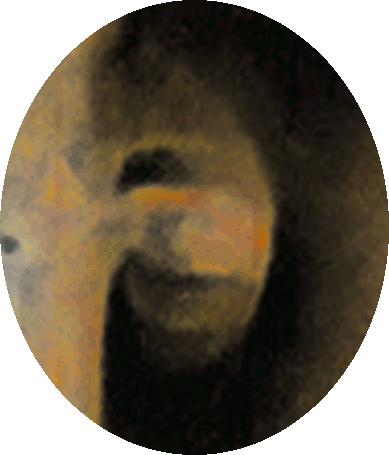
Souls live on in sacred trees |
- The Japanese people believe misfortune will come to anyone who mistreats or cuts down
a sacred tree.
- Several of these sacred trees are cherry blossom trees.
- Some of
these trees allegedly bloom on particular anniversaries, and
not just in the spring, or are said to contain the souls of
humans who are revered.
|
Sakura flowers are considered the abode of the souls of the ancestors, so to look at flowers is to look at one's ancestors, to remember them.
(en.japantravel.com) |
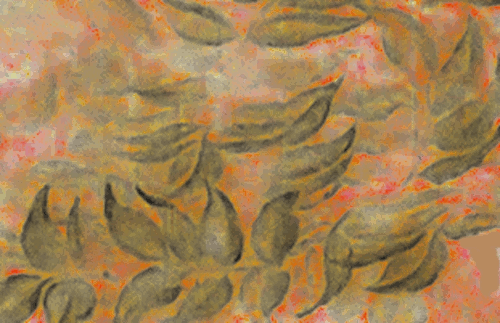
Agricultural reproduction |
- Cherry blossom trees often signified agricultural reproduction
for Japanese folk religions.
-
In ancient times, farmers would pray, make offerings, and prepare a feast under the cherry blossom trees, believing it would bring an abundant harvest.
|
Sakurayu is a cherry blossom tea in which hot
water is poured over the pickled flower. This tea is
somewhat of a lucky charm and often served at weddings
or engagements instead of the usual green tea.
Regardless of the season, it is commonly enjoyed for
celebratory occasions. (okinawa.stripes.com) |
|
Three Great Cherry Trees of Japan |

Cherry tree reverence |
- The Japanese revere the cherry tree and there are
ancient trees, some thousands of years old, found all
throughout the country which are treated as national
monuments.
- The famous 'Three Great Cherry Trees of Japan'
are the Miharu Takizakura in Fukushima Prefecture and Usuzumi Zakura
in Gifu Prefecture and the Jindai-Zakura in Yamanashi Prefecture.
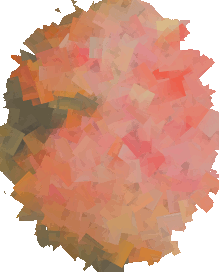
Fukushima cherry tree |
- The Miharu Takizakura is located in Miharu, a town in Fukushima.
- It is estimated to be over 1,000 years old.
- Aptly
named Takizakura, which means 'waterfall cherry tree,' as the tree looks like a cascading waterfall.
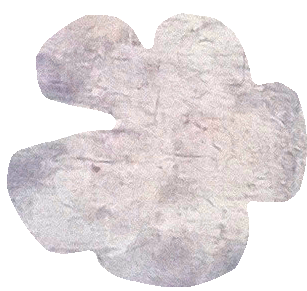
Pale-gray cherry blossom |
- Usuzumi Zakura is a famous old cherry tree in Gifu Prefecture.
- It is said to have been planted by Emperor Keitai, 26th
Emperor of Japan, and is over 1,500 years old.
- It is one of Japan's oldest cherry blossom trees
and is so large, wooden poles prop up its many branches.
- Its name means 'pale-gray cherry blossom,' which describes the color of
the tree blossoms just as they are about to fall from the
branches.
|
Usu or usui means pale or weak in Japanese. Usuzumi Zakura is a unique cherry tree with three distinct appearances. It initially sprouts pale pink flowers, which turn into pure white in full bloom. When their peak season is over, they change into a pale gray color before falling to the ground.
(jal.co.jp) |
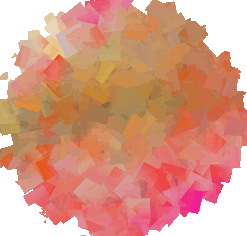
Oldest cherry trees |
- Jindai-Zakura is a legendary cherry blossom tree in Hokuto City, rising within the precincts of Jindaji Temple.
- It is estimated to be between 1,800-2,000 years old, making it one of the oldest cherry trees in Japan and perhaps even worldwide.
- Legend traces its roots back to Prince Otsu, Japan’s 12th Emperor,
who planted the tree when he first traveled to the region in the
1st-century.
|
In 2009, 118 seeds from the tree were taken into space by NASA where they spent eight months circling the earth in the Space Station. Out of all those seeds, only two sprouted. One of those was named Uchu Zakura (Space Sakura) and now resides at Jissoji Temple. It’s special in that, cherry blossoms usually have five petals per flower, but the Space Sakura has six. Which very curiously aligns with the six posthumous worlds in Buddhism/the Rokudo. Hell, hungry ghosts, beasts, asuras, humans, and gods.
(uncannyjapan.com) |
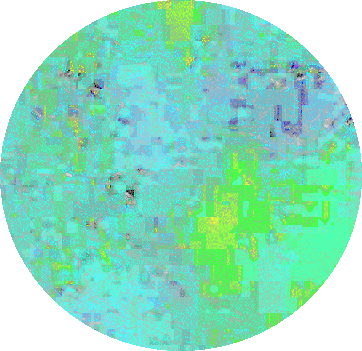
Spring magic |
- Spring doesn't get any more magical than at Hokkaido Matsumae Park, where over 10,000 cherry blossoms come to life every year.
- The park has around 250 distinct species that bloom at different times,
allowing visitors more weeks to enjoy the spectacular beauty of the Japanese sakura.
|
Known for the famed Hirosaki Castle, Hirosaki Park is a popular destination among tourists. In the spring, cherry blossoms cover the park with a light-pink blanket. All around the park and the castle, you’ll be able to spot the Somei-Yoshino trees, considered the most popular flowering cherry tree.
(jal.co.jp) |
|
Stone-Splitting |
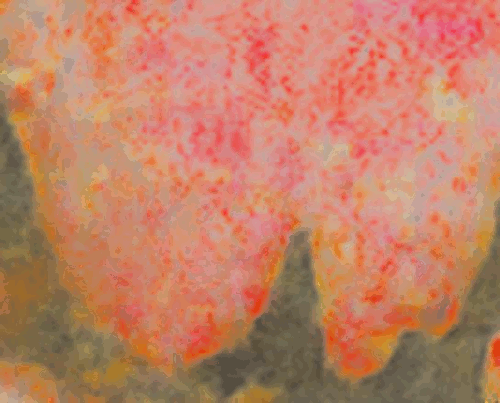
Cherry tree in boulder |
- In Morioka, Japan, a 400-year-old tree called Ishiwari-zakura, also known as the Stone-Splitting
cherry tree is a natural phenomenon.
- The tree took root in a small crack in a boulder and eventually grew so large that it split the boulder in half.
- It is believed that the beauty and power of the tree were enough to break the stone.
|
Milk Nurse Cherry |
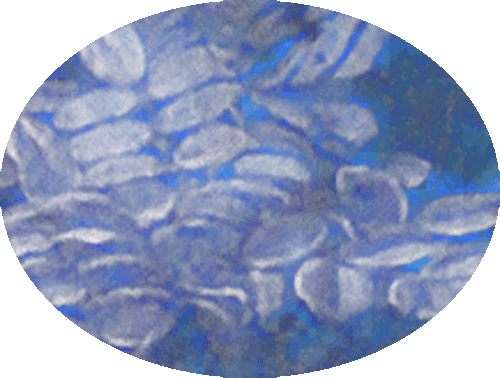
White blossoms |
- One of the most famous sacred cherry blossom trees is the Uba-zakura, or Milk Nurse
cherry which has white blossoms.
- It is said to bloom on the death anniversary of a wet nurse who gave her life to save a child she cared for.
- Her soul is said to live on in the form of a tree.
|
One touch of nature makes the whole world kin. (Shakespeare) |
|
The Legend of Japan’s Sakura |
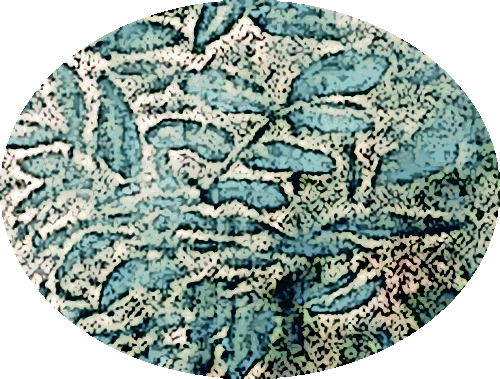
Cherry tree with no blossoms |
- Legend has it that despite the gloomy atmosphere that shrouded Japan
during the wars, in the midst of nature, rose a beautiful forest.
- Full of leafy trees that had survived the sadness, but in the middle of it there was
a tree that was an exception.
- A tree that although it possessed a great strength in its branches, never bloomed,.
- For this reason, the animals of the forest feared him and did not approach him, even the grass did not believe around him.
|
A true love story is what is behind the legend of the sakura or cherry blossom trees in Japan. (Isabel Carrasco) |
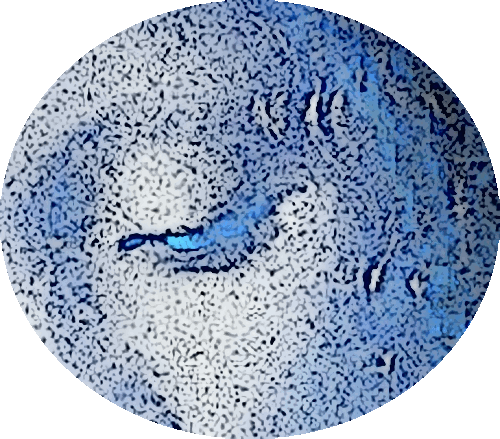
Gloomy tree being |
- A fairy of the forest was deeply moved when she saw how gloomy the arboreal being was.
- She decided to approach him and with noble words let him know that she wished to see him blossom like the other trees.
- The fairy proposed casting a spell so that the sad cherry
tree could find the warmth of life, only then could he blossom from the shadows.
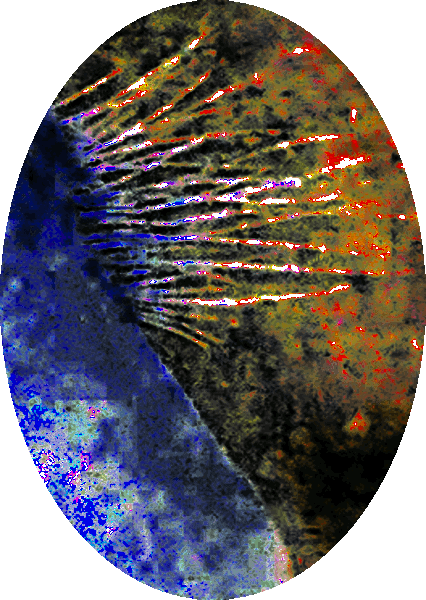
Prickly personality |
- The spell would last 20 years and the tree could choose at will between being human or remaining a tree, but its mission was to find the emotions
and feelings that would help it blossom.
- At the end of this time, if it managed to recover its vitality, it would flourish; however, if it did not, it would die instantly.
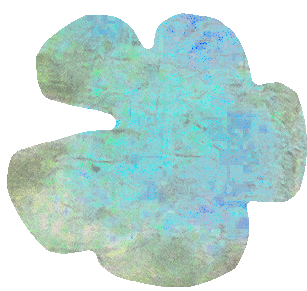
Blue cherry tree man |
- The tree accepted and tried living as a man for a long time, however, it only found deep sadness at the sight of hatred and war.
- He continued to wander as a man without finding anything in human life that could move him to find vitality.

Crystal clear stream |
- But one day while walking to a crystal clear stream to rest, he observed a beautiful young woman carrying water in the distance.
- Impressed by her beauty, the tree-turned-man decided to approach her and ask her name, then he learned that her name was Sakura.
- The young woman was very kind to him and to reciprocate, he decided to help her carry the water to her home.
- On the way, they talked sadly about the war and the gloomy atmosphere that permeated ancient Japan.
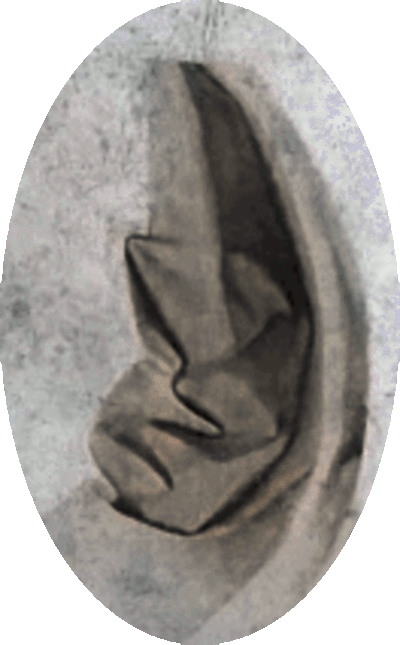
Sad cherry tree stump |
- When the young woman asked his name, he could not think
of anything else to say but 'Yohiro' which means 'hope.'
- During the following days, Sakura and Yohiro met to talk, sing and read poems about hope and books with wonderful stories.
- Little by little love arose and one fine day Yohiro confessed to her who he really was; a tormented tree that soon would come to its death because it had not been able to bloom yet.
- Sakura very impressed kept silent, the term of 20 years was about to be fulfilled.
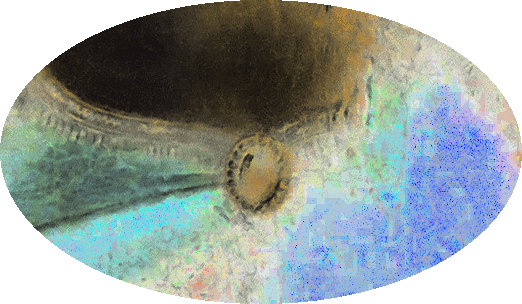
Fairy of the forest |
- Then Yohiro returned to take the form of a tree, he had not achieved his purpose and on the contrary, he felt sadder every time.
- But one afternoon Sakura came to him and with great impetus embraced him to confess that she loved him too.
- In that instant, the fairy of the forest appeared again and told Sakura to choose between remaining human or merging with Yohiro in arboreal form.

Cherry tree sprout |
- Sakura meditated for a moment and remembered the desolate fields of the war, without hesitation she chose to merge with her great love forever.
-
Yohiro finally found the warmth of life and together united in the same being
with Sakura and they succeeded in blooming.
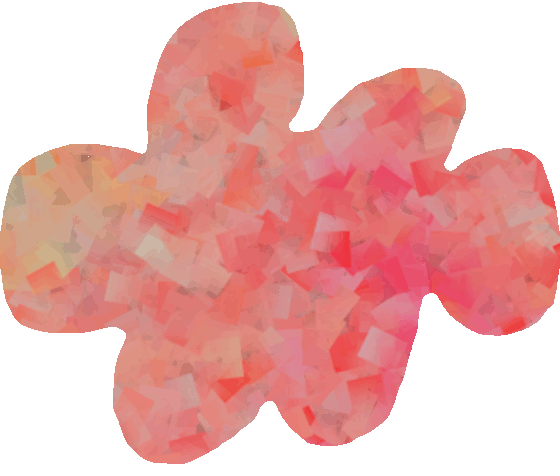
Cherry blossom doubles |
- Since then, love perfumed the fields of Japan in the form of
Sakura flowers or cherry blossoms, a symbol that reminds us that war only brings sadness, and
that love, instead, fills the heart with colors and warmth.
|
So we grew together like to a double cherry, seeming parted, but yet an union in partition, two lovely berries molded on one stem. (Shakespeare) |
|
Mountain Deities |

Rice paddy god |
- Originally, sa(kura) referred to a rice paddy god, and kura meant
'a seat for a god.'
|
In Japanese folklore, the cherry tree has more positive connotations. Its beautiful blossoms are so perfect and yet are so fleeting, that the tree teaches us to appreciate the moment, the beauty in the present. In ancient mythology, it was the cherry that gave the Gods immortality. (abeautifulresistance.org) |
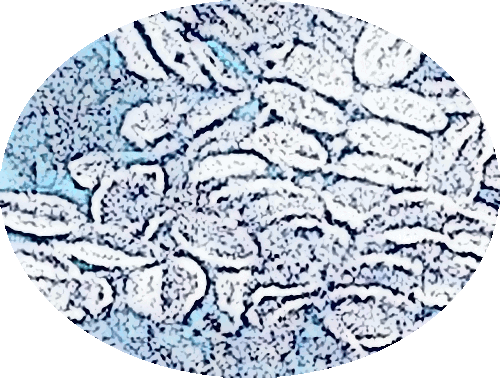
Rice paddies |
- Japanese people believed cherry blossoms were dwelling places for mountain deities who transformed into the gods of rice paddies.
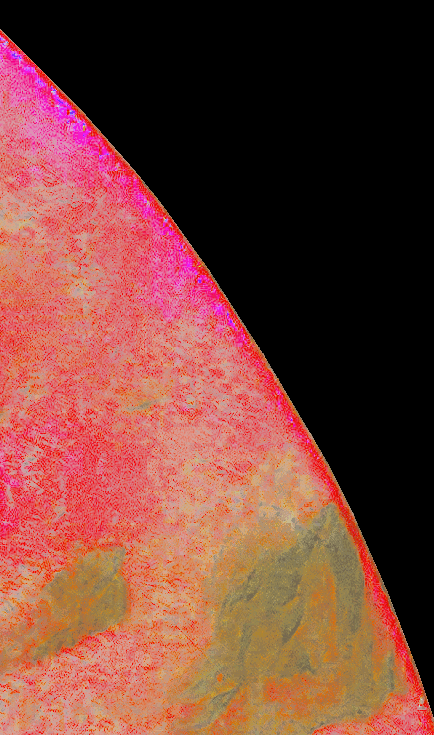
Mountain of blossoms |
- Hence, people would travel to the mountains to worship the trees every spring.
|
Blossom princess |
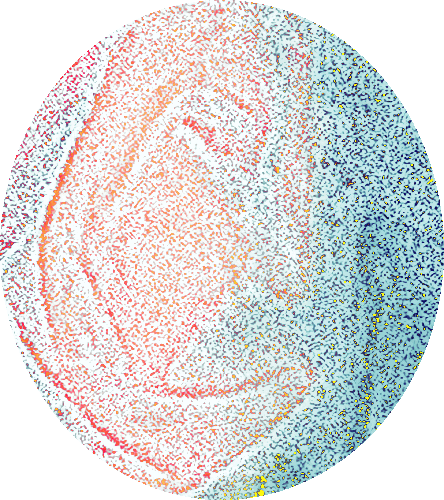
Sakuya-bime |
- In Japanese mythology, Sakuya-bime (Konohanasakuya-hime),
is the blossom princess and the goddess of earthly life.
-
She is the goddess of Mount Fuji and all volcanoes in Japanese
mythology.
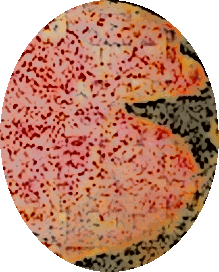
Petals |
- Her symbol is the cherry blossom.
-
She is the avatar of Japanese life and it is believed that she will keep Mount Fuji from erupting.

Ninigi swimming on the sea shore |
- The goddess met the god Ninigi-no-Mikoto on the sea shore where the two fell in love.
- Ninigi-no-Mikoto was a hero who brought 3 celestial
gifts to the Emperor of Japan from the heavens, ensuring that
the Emperor was glorified as a descendant of the gods.
-
The two decided to marry.

Goddess of stones and rocks |
- However, when Ninigi approached Sakuya-bime’s father,
Oho-Yama, to ask for her hand in marriage, Oho-Yama proposed
his elder daughter, Iwa-Naga hime, the goddess of stones and
rocks, to Ninigi for marriage instead.

Heart |
- Reluctantly, Oho-Yama agreed to allow the lovers to
marry (this was not a Jacob and Leah story).
- Ninigi's heart was set on Sakuya-bime and the two were
married.
|
Such as we are made of, such we be. (Shakespeare) |
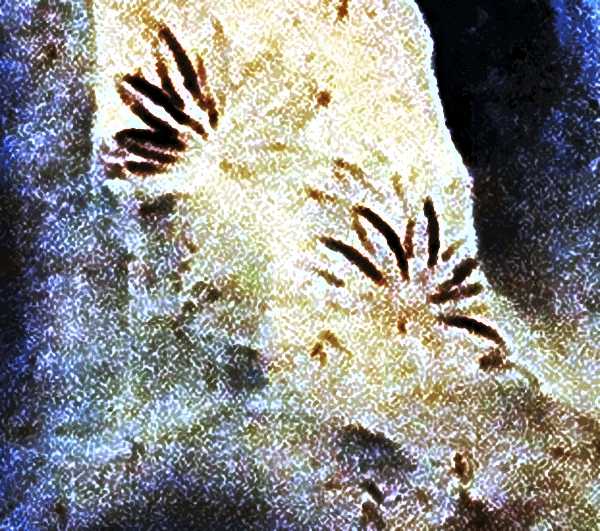
Sakura cherry blossom withers |
- According to the Japanese, Ninigi’s rejection of the rock-princess in favor of the blossom princess, is why human life is short and fleeting, like a sakura blossom, rather than enduring and perennial, like stones.
|
Oho-yama became angry and announced a sentence: the life of all of the descendants of Iwa would be solid and eternal, like rocks; the descendants of Saku, though, from the Emperor to the most common person, would be as short as a spring bloom. When Saku died, a beautiful tree grew on her grave, which was named 'sakura'.
(en.japantravel.com) |
|
The Old Man Who Made the Dead Trees
Blossom |
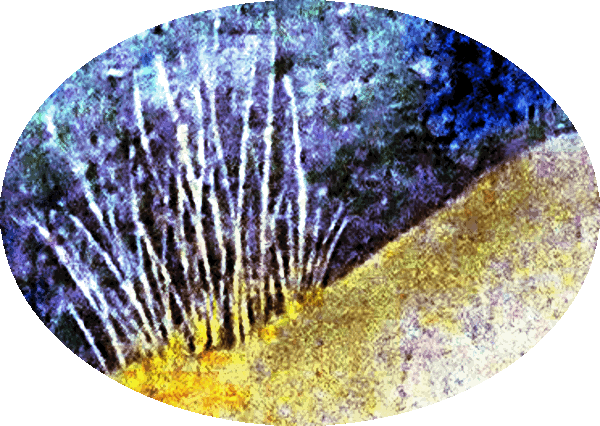
Withered Cherry tree |
- An old childless couple lived in a village with their dog, whom they loved very much.
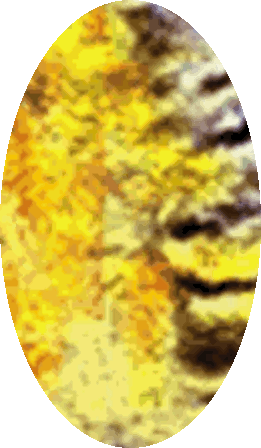
Pot of gold |
- One day the dog dug a hole in their garden, and the old man found a pot of gold
hidden there.
- A neighbor, who noticed that the dog could find treasures, asked to borrow the dog.
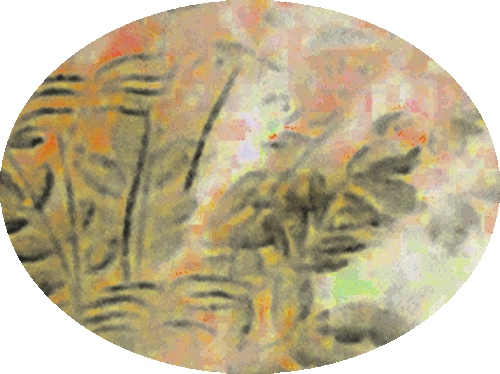
Angry neighbor |
- The kindly old couple let the neighbor borrow their dog, but when the dog dug up the neighbour’s garden, no gold was to be found.
- In a rage, the neighbor killed the dog and told the couple that
he dropped dead after working so hard in his yard.
|
The robbed that smiles, steals something from the thief. (Shakespeare) |

Grieving couple |
- The grieving couple buried their dog’s bones under the tree where they had found the gold.
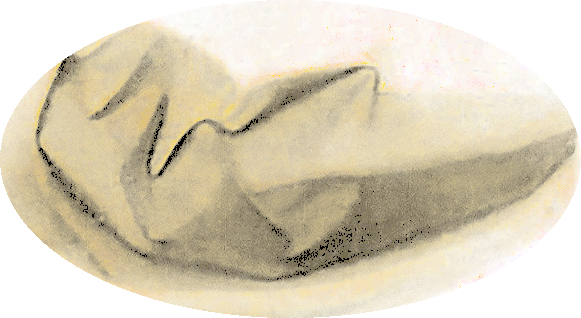
Old man dreaming |
- That night, the dog came to the old man in a dream and told him to use the bark of the tree to make a mortar.
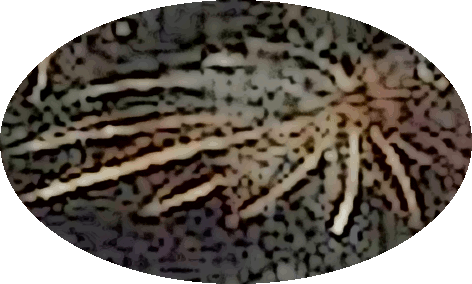
Chopped wood |
- The couple chopped down the tree and used the wood to do as their dog had asked.
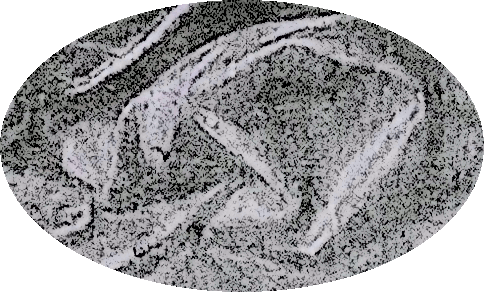
Making mortar |
- When they were done, they put rice inside the mortar, which miraculously turned into gold.
- The neighbor asked to borrow the mortar as well, thinking it would make him rich but the rice he put inside turned into foul smelling waste and he burned the mortar in anger.

Withered Cherry trees with ashes |
- That night, the dog came to the old man in a dream once again, telling him to sprinkle the ashes of the mortar under the
cherry trees in their garden.
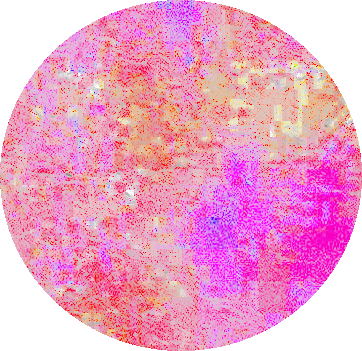
Cherry trees full bloom |
- The old couple did so, and the withered cherry trees came back in full bloom.
- A daimyo (feudal lord) passing by marveled at the beauty of the
cherry blossoms and gave many gifts to the old couple.
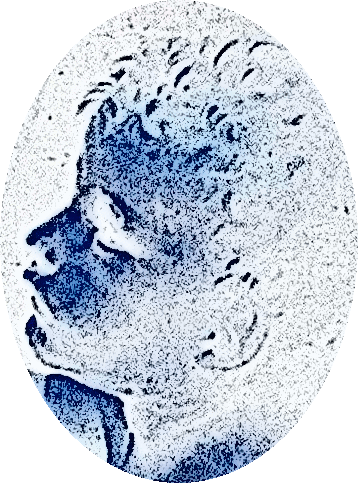
Ash blows into the daimyo‘s eyes |
- The neighbor, back to his old tricks, sprinkled some ash on his
cherry trees too, but it blew in the daimyo‘s eyes, who had him thrown into prison immediately.
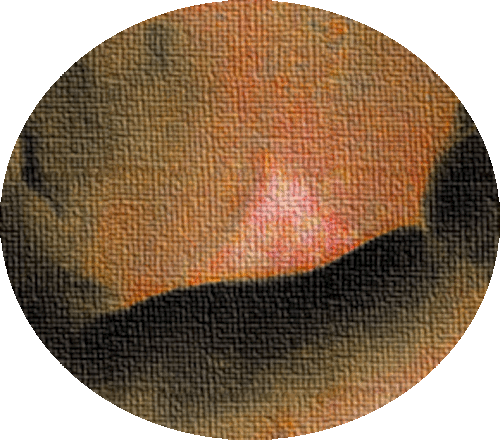
New day |
- The blooming cherry blossoms gave the old couple hope and they believed that their dog’s spirit had been imbued into the
cherry trees, thus giving them new life.
|
Samurai |
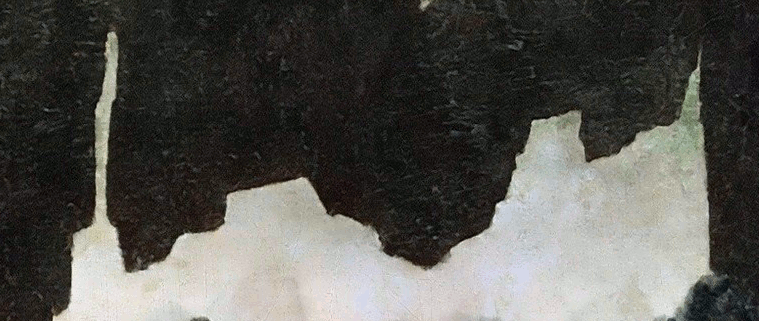
Warriors of feudal Japan |
-
Cherry blossoms are an important symbol in Japanese culture
and and are represented everywhere, including in paintings, film, poetry, and literature.
- Historically, they represented the brief, but colorful life of the
Samurai, warriors of feudal Japan.

Petals |
- Fallen cherry blossoms or petals symbolized the end of the
Samurai’s short lives.
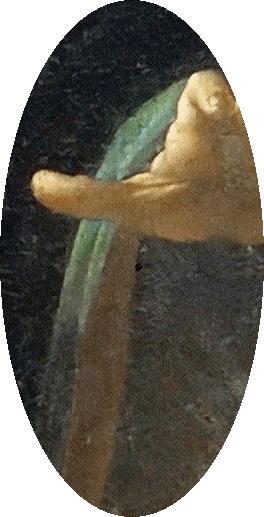
Fearless |
- The Samurai lived by a strict moral code of respect, honor, and discipline, called bushido.
- Their duty was to exemplify and preserve these virtues and to be fearless warriors even in the face of death.

Kamikaze pilots |
- During World War II, kamikaze pilots also marked their planes with sakura before embarking on suicide missions.
- These emblems symbolized dying “like beautiful falling cherry petals for the emperor.”
|
Harakiri |
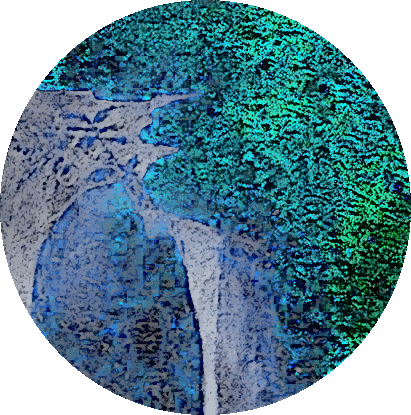
Honorable death |
- The image of a sakura blossom has also been used to describe purity and virtue, as is indicative of the delicate shade of the cherry blossom, and the act of harakiri,
which is an honorable death by suicide, at the same time.
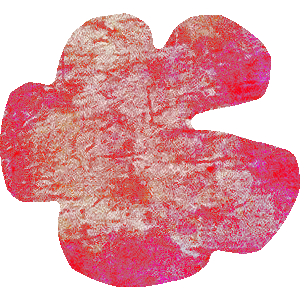
Blossom |
- The belief in representation of harakiri through the cherry
blossom also stems from a Japanese folk legend.
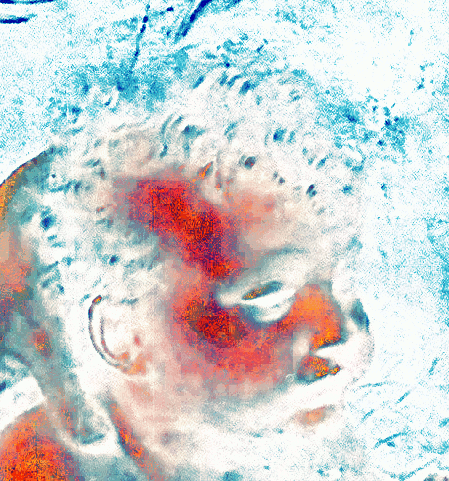
Old
Samurai |
- The tale is of an old Samurai who outlived his family
and resided alone and had an old cherry tree in his garden.
- The Samurai had played under the tree as a boy and there was nothing left in the world for him to love except the
cherry tree.
- The following summer, the tree began to
wither and the old Samurai fell ill with grief; nothing could
compensate for his loss.

Sitting under the dead tree |
- One day, the tree died and to the Samurai the death of his
cherry tree meant that the end of his own life was near.
- He went to the dead tree in his family garden and stood under it, where he made his final wish; that the tree would bloom one last time.
On the 16th day of the first moon, he went out into
the garden, bowed to the dry trunk and pleaded: "I beg you,
take my life and start blooming again!"
- He vowed to end his own life upon seeing the cherry tree in bloom again.
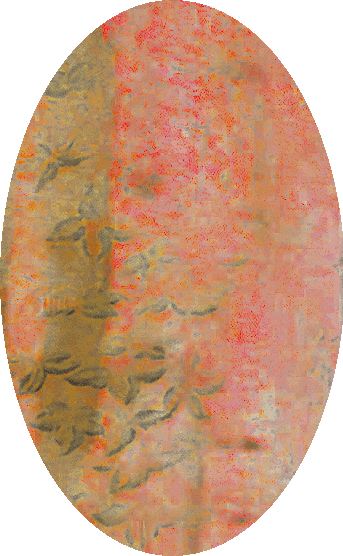
Cherry tree came alive |
- Although it was the dead of winter, the cherry tree came
alive and bloomed again.
|
There are also several species of cherry blossom
trees that bloom even in the winter. You can see these
trees in bloom twice a year, once in April and again
from October to January. (okinawa.stripes.com) |

Under the branches of the cherry tree |
- True to his word, the Samurai, spreading a white cover, committed the explosive act of harakiri
on January 16th under the branches of the
cherry tree.
- His blood soaked into the roots of the tree.
- As he died, his soul moved into the tree and it instantly bloomed.
- So from that time, the sakura blooms every year, on the 16th day of the first lunar month, during the
winter season.
- Legend holds that till this day, the cherry tree blooms in the heart of winter every year and keeps the spirit of the Samurai alive.
|
The ancient Yo-roku sakura is the cherry blossom that blooms on the sixteenth day of the first month of the lunar calendar in February. The soul of a samurai lives in that tree.
(en.japantravel.com) |
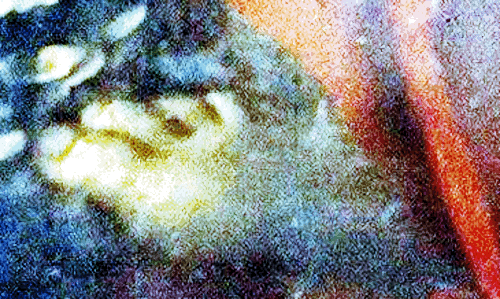
Moments of happiness |
- The cycle that the sakura represents is not one of sadness, not one to make you question the purpose of your existence.
- These myths and legends are to make us realize that the allure of life lies within these moments of happiness and beauty that we enjoy as the small pleasures of being alive.
|
Tis one thing to be tempted, another thing to fall. (Shakespeare) |

Cherry fruit |
- In ancient mythology, the fruit of the cherry tree contains the elixir which is the magical or medicinal potion that provides the
gods with their immortality.
- In the human realm, the juice
of the cherry symbolizes the immortality of our soul and reincarnation
which can be witnessed in the natural cycle of a cherry tree.
|
Life is like a bowl of cherries. (Lew Brown) |
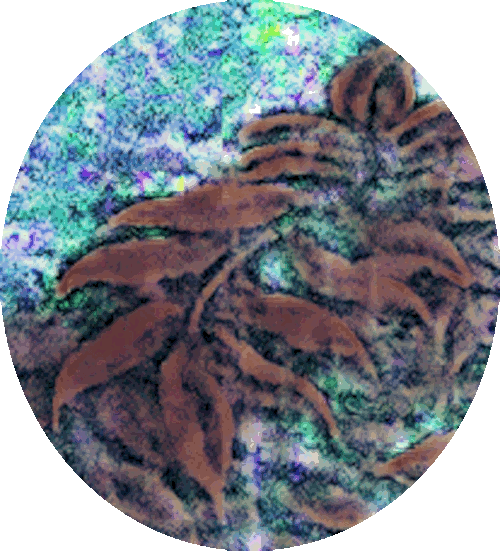
Cherry blossom nest |
- In Chinese folklore, the magical Phoenix, a long-lived bird that cyclically regenerates or is otherwise born again, slept on a bed of
cherry blossom to bless it with everlasting life.
- In
China, Cherry blossom signifies power.
|
The Chinese culture denotes or symbolizes the tree to be of feminine dominance and an indication of female beauty and sexuality. It is also a symbol of love in the language of herbs. Hence, Cherry Trees are often gifted as a symbol of life in China. (hep6.com) |
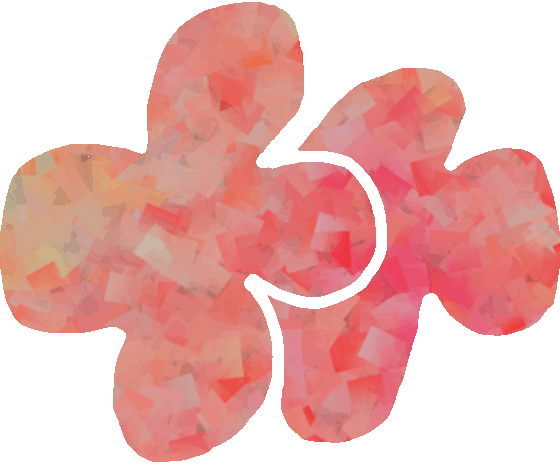
Cherry fertility |
- According to the legend in old Buddhist stories, the cherry is representative of fertility and femininity.
- It is said that the mother of Buddha was supported by a holy
cherry tree as she gave birth.
|
Cherry Trees are known as a symbol of hope, new life, and new beginnings. It also signifies honor, discipline, and sacrifice. Additionally, the Cherry Tree signifies and symbolizes peace and friendship. Oftentimes, it symbolizes birth and beauty. (hep6.com) |
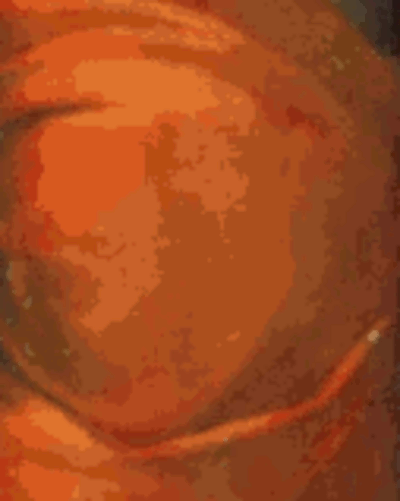
Maraschino cherry |
-
Maraschino cherry come from the Marasca cherry.
- Cordials and preserves made of the Marasca cherry had been popular in Europe for thousands of years.
- Italian Girolamo Luxardo and his wife Maria perfected the first version that was sold widely as a brand in 1823.
- The original Luxardo recipe that continues to the present day boasts that
"No thickening agents of any type and no preservatives are
used, and the dark red color is all natural."
|
Bright red (or green) Maraschino cherries available at the supermarket, which are known to be bathed in 20th century concoctions such as sulfur dioxide, high fructose corn syrup, red dye # 40, and potassium sorbate, are so highly regarded, you are thinking of the wrong Maraschino cherry. (sciencemadefun.net) |
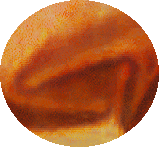
Good fortune |
- The symbol of the ruby-red cherry is also popular in western culture and the gift of a
cherry tree is said to bring good fortune and future happiness
to the days to come.
- Cherry branches and wood carvings keep evil spirits away.
- Cherry wood is perceived as one of the most important representatives of love and marriage in Japan.
|
Cherry wood represents commitment because the roots of cherry trees are deep and long, symbolizing deep-rooted love. At the same time, cherry wood represents pure and fruitful love because its colorful leaves breed abundant of sweet fruits. (mokuomo.com) |

Chopped cherry |
- The
cherry tree also signifies the negative in some aspects as it
can signify death and violence.
- Chopping (or cutting) down a cherry tree
brings bad luck.
- Cherry tree leaves are poisonous,
especially to cows.
|
Fallen blossoms represent the death of a Samurai as the famous Japanese proverb says, “Hana wa sakuragi, hito wa bushi” or in English translation which says, “The best blossom is the cherry blossom, the best man is the warrior.” (hep6.com) |

Bird cherry |
- Wild cherry (gean) and bird cherry grow in the Scottish Highlands and elsewhere.
- Bird cherry is hag berry or hackberry in Scots dialect and the Gaelic for cherry tree is craobh-shirist.
- Gean and bird cherries were both used to flavor alcoholic drinks such as whisky or gin.
|
Cherry brandy can be made by filling a bottle with wild cherries, adding sugar, topping up with brandy and leaving for a few months. The resin that oozes from the trunk was used by children as chewing gum. It is recorded as a treatment for coughs, and dissolved in wine was once used to treat gall and kidney stones. (treesforlife.org.uk) |

Cherry cuckoo |
- In some places including Scotland, the cherry was seen as a witches’ tree, and as such use was deemed unlucky.
-
Connected with the cuckoo bird (roadrunner).
- The number of times the cuckoo then called would indicate the number of years one still had to live.
- Cherry is one of several woods suited to making bagpipes.
|
Cuckoo, cherry tree,
Good bird tell me,
How many years before I die? (English nursery rhyme) |
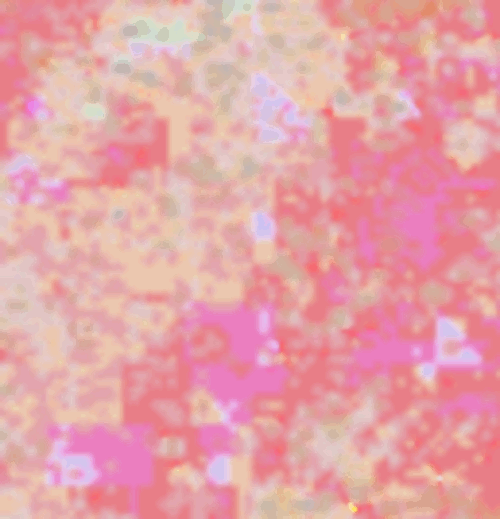
Life is short and fleeting
|
- The fact that life is short and fleeting, like a firework, is what makes it all the more appealing and enjoyable.
- If a short life has the potential to be as beautiful as something like a
cherry blossom, why not enjoy it while it lasts?
|
ON a day—alack the day!—
Love, whose month is ever May,
Spied a blossom passing fair
Playing in the wanton air. (Shakespeare, The Blossom) |

Falling cherry blossoms |
Moral of the story!
- Different cultures certainly have different
ideas about life and death.
- Some cultures know more about reincarnation and
karma.
|
|
|

